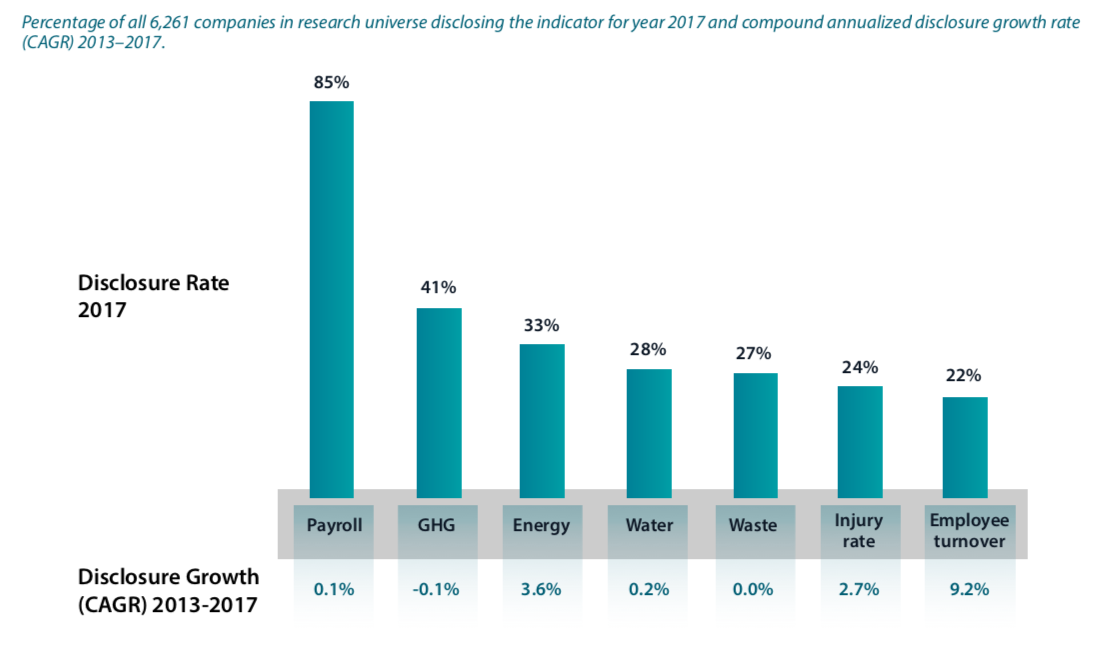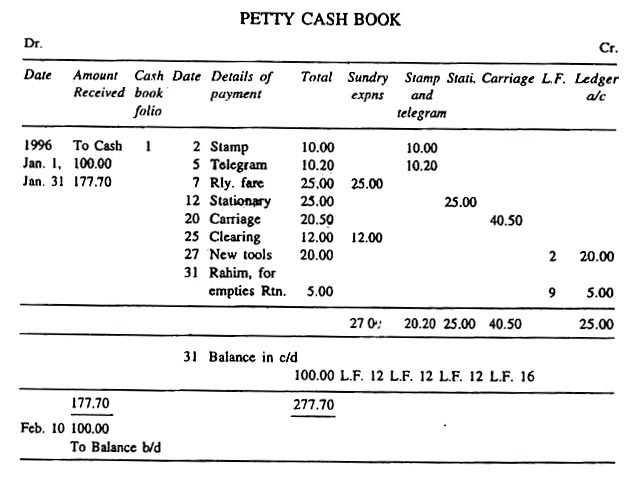
One of the principle targets of economic repression is to maintain nominal rates of interest decrease than would otherwise prevail. This effect, other things being equal, reduces governments’ interest expenses for a given stock of debt and contributes to deficit discount. The trend toward capital account liberalization has been reflected in the diminishing numbers of emerging market countries with parallel foreign exchange markets (which, like black markets, arise in response to capital account restrictions). In China, a prime example, low administered nominal interest rates continue to combine with inflation to provide cheap funding for government-owned enterprises — a policy mix that is complemented by capital controls. With regard to the intensity of government intervention in financial markets, France and Germany represented two ends of the European spectrum. Successive French governments took a highly hands-on approach to the allocation of credit.
G7 Hiroshima Leaders’ Communiqué – The White House
G7 Hiroshima Leaders’ Communiqué.
Posted: Sat, 20 May 2023 07:00:00 GMT [source]
If Germany could reduce its debt-to-GDP levels, India, too, can without adopting a monetary policy aimed at inflating away its debts. Since March 2020, central banks have been taking decisive actions to reduce interest rates, which has led to a decline in bond yields. Germany took a much less interventionist approach and liberalized its comparatively light system of domestic credit controls as early as 1967. Controls on bank deposit and lending rates were ultimately seen by the German government as inefficient and impractical to administer.
- The Consequences Of Financial Repression
- Did You Know: What is Double Financial Repression? RBI Grade B 2021
- Economic Survey’s Philosophical Chapters –key points in brief
- How India can become a USD 5 trillion economy by 2024-25?
- Difference between Cash Reserve Ratio (CRR) and Statutory Liquidity Ratio (SLR)
The Consequences Of Financial Repression
To finance the war efforts in 1942, lengthy-time period interest rates have been capped at 2.5%, a policy that remained untouched till 1951. To make sure, during this period financial repression was allowed to liquidate debt as Reinhart and Sbrancia have outlined. At the time, nevertheless, Bretton Woods was still dysfunctional and plagued with fee and convertibility problems. The transfer towards capital account openness within the mature economies through the Nineteen Seventies and Eighties allowed for monetary integration and a steadily evolving international financial order.

This distinctive instance encompasses a number of monetary crises, cycles of liberalization and coverage reversals, and different exchange rate preparations. The Venezuelan experience reveals a nexus among domestic debt, financial repression, and external vulnerability. Unlike international currency-denominated debt, debt in domestic currency may be decreased through financial repression, a tax on bondholders and savers producing unfavorable real rates of interest. We present a mannequin of economic repression, inflationary finance and endogenous development. The mannequin suggests that governments may choose to repress the financial sector as a result of this coverage increases the demand for money and delivers easy inflationary revenues. We also present that policies of economic repression reduce the expansion price of the economic system.
Did You Know: What is Double Financial Repression? RBI Grade B 2021
To shield state banks from (price) competitors, entry was limited and interest rate ceilings on assets had been installed. Capital in- and outflow controls limited investment selections for home savers and the borrowing choices of domestic corporations. But extra akin to at present, real interest rates in the Nineteen Fifties and Nineteen Sixties have been negative as a result of nominal charges have been saved low by central financial institution insurance policies and financial regulation. Given that deflation has proved powerful to eradicate within the latter two, the Bank of Japan and the European Central Bank have since moved on to adopt adverse (nominal) rate of interest policies. Such policies, known as monetary repression, often involve a strong connection between the federal government, the central bank and the financial sector. Arguably, financial repression was baked into the postwar international financial system from the start.
Sukhbir says AAP has let loose ‘reign of repression’ in Punjab; Harsimrat asks Mann to dissolve govt – The Indian Express
Sukhbir says AAP has let loose ‘reign of repression’ in Punjab; Harsimrat asks Mann to dissolve govt.
Posted: Tue, 21 Mar 2023 07:00:00 GMT [source]
Financial markets had been underdeveloped and the extent of international commerce was low. The name for financial repression to stem the debt burden today, however, is a results of steadily built government indebtedness that seeks financing. But the demand for credit is low to begin with, so they end up speculating in derivative markets (London Whale) and manipulating key facets of the global financial system (LIBOR) instead. SLR or the requirement of banks to hold certain part of assets in liquid forms is essential to efficient banking and is instrumental in meeting any unexpected demand from depositors. The rate which was hitherto 38% before 1991 reforms has been revised to 21.5% in February 2015.
Economic Survey’s Philosophical Chapters –key points in brief
At ixamBee, she is faculty for Financial and Management and Securities Market Awareness. She is the student’s favorite faculty for her easy to understand approach while teaching in Live Classes. Financial repression financial repression upsc has been criticized as a theory, by those who think it does not do a good job of explaining real world variables, and also criticized as a policy, by those who think it does exist but is inadvisable.

The Bretton-Woods exchange rate system encouraged free foreign exchange convertibility for export and import transactions. But the system expressly permitted capital controls, which gave governments increased latitude to control the pricing and allocation of credit in their domestic economies. As famous, financial repression contributed to speedy debt discount following World War II. At present, the degrees of public debt in lots of advanced economies are at their highest levels since that point; a few of these governments face the prospect of debt restructuring. Soaring debt/GDP ratios in previously sacrosanct AAA countries have made low cost funding increasingly a function of central banks as opposed to private market investors. Financial repression as a tool of government finance in the United States goes at least as far back as the Civil War when, under the National Bank Act, banks were required to hold U.S. government securities as reserves in order to receive national charters.
How India can become a USD 5 trillion economy by 2024-25?
In the present context, high SLR and priority sector norms and rising NPAs are chains on the hands of the banking system and they constitute financial repression on the asset side. The 2008 financial crisis was the most severe shock to the global financial system in nearly a century, pushing the global banking system to the brink of collapse. Monetary stimulus is more nuanced; like pushing on a string, the certainty of success is low, and the consequences of negative real interest rates are far-reaching (particularly in the money market). We are seeing this right now with dividend-paying equities and risky debt securities like municipal bonds and junk debt.
The French backed away from controls later, liberalizing domestic financial markets extensively in the 1970s and 1980s. Having lived through this chain of events, John Maynard Keynes — one of the main architects of the Bretton Woods agreement — came away with a highly skeptical view about the compatibility of free capital mobility with other valued objectives. “Keynes was quite uneasy about the volatility of international capital flows and the global financial cycle,” says World Bank chief economist and Harvard professor Carmen Reinhart. The stress tests and updated regulations for insurers essentially force these institutions to buy more safe assets.
Difference between Cash Reserve Ratio (CRR) and Statutory Liquidity Ratio (SLR)
Adam Hayes, Ph.D., CFA, is a financial writer with 15+ years Wall Street experience as a derivatives trader. Besides his extensive derivative trading expertise, Adam is an expert in economics and behavioral finance. Adam received his master’s in economics from The New School for Social Research and his Ph.D. from the University of Wisconsin-Madison in sociology. He currently researches and teaches economic sociology and the social studies of finance at the Hebrew University in Jerusalem.
- She is the student’s favorite faculty for her easy to understand approach while teaching in Live Classes.
- But the demand for credit is low to begin with, so they end up speculating in derivative markets (London Whale) and manipulating key facets of the global financial system (LIBOR) instead.
- On behalf of governments, central banks stored the nominal rates of interest beneath the inflation price.
- Unlike international currency-denominated debt, debt in domestic currency may be decreased through financial repression, a tax on bondholders and savers producing unfavorable real rates of interest.
- The broadening of the scope of the banking system, in geographical and functional protection, is critical to fulfill the credit score needs of those strategic sectors.
The inflation has eased over the years and the liability side recession has also come down considerably. High inflation and reduced return on assets of banks has further strengthened the fact that rates maintained by banks did not give a positive rate of return on deposits to households. But moderate economic growth with low inflation from 2012 onwards reduced Germany’s debt-to-GDP ratio to 185%.


コメント